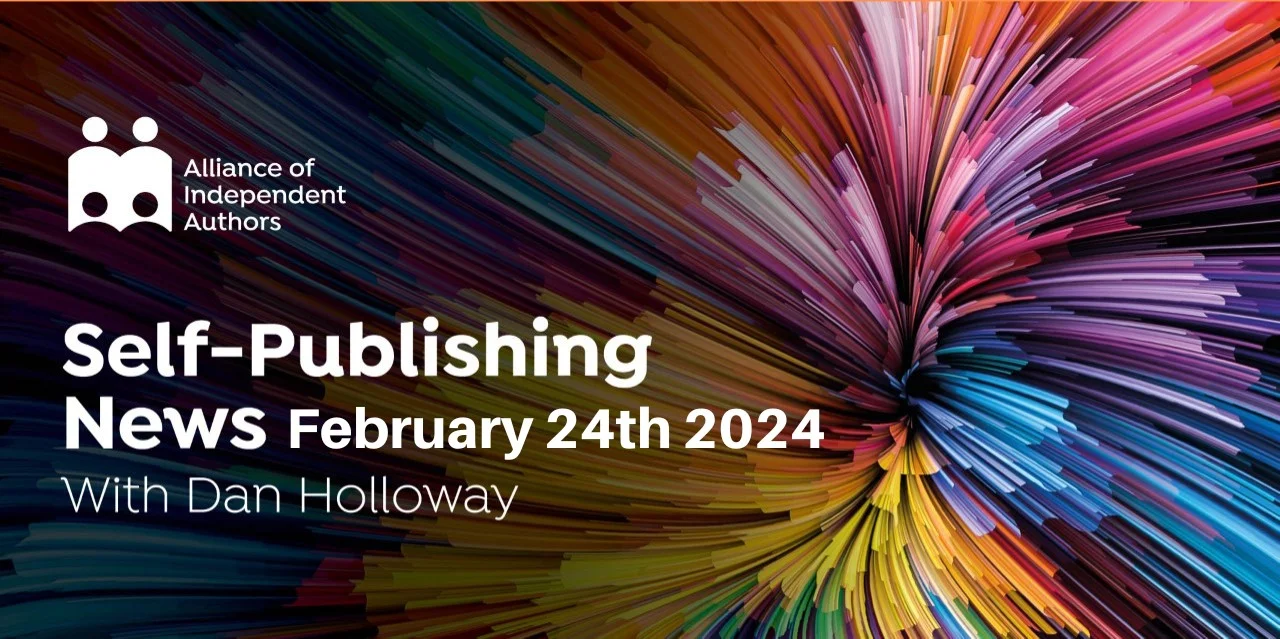
ALLi News Editor, Dan Holloway
If you are interested in how to make electronic books available through libraries, you may have been as confused as I was when news of the latest “AI will be the end of us all” development started doing the rounds in the past week.
For the past few years, I have thought of Sora as the platform that delivers textbooks electronically to libraries. Thanks to those boffins (insert alternative appropriate noun if so minded) at OpenAI, it is now something very different. OpenAI’s Sora is a text to video platform.
And it’s good. Really good.
At the moment it is only available to a handful of selected creators. But that will, of course, change in due course (very soon. When they’ve figured out how to monetise it. Probably before any legislatures have figured out how to regulate it).
Also at the moment, it is limited to producing 60 second clips. It can do so from very limited text prompts. Did I mention it does so really well?
Video is, of course, different from both text and image in several ways. On a practical level, the most important of those is the server capacity it requires. Video is memory hungry. And an AI video this good is likely to intensify the competition for the hardware capable of running it. Making it widely available and able to produce longer films feels like it might have, well, complications.
And the other significant issue that differentiates it is the potential for deepfakes. On both a personal and societal level that’s huge.
Talking of memory, to round off the general positivity about the latest OpenAI developments and their consequences for our privacy, OpenAI has given ChatGPT the ability to remember things about you and your conversations with it. As so often, this is handy because it can personalise the results it produces for you. While on the other hand, it’s got some scarier implications, because it can personalise the results it produces for you.
Watch this space. Or watch Sora’s videos about this space and go hide.




